1. The Air Quotes

When Americans wiggle both hands and flex two fingers twice, they’re signaling “air quotes.” It usually means the phrase they’re saying is sarcastic, ironic, or not literal. Outsiders may miss the humor and take the words at face value. This can lead to awkward misunderstandings in conversation.
Because sarcasm is so baked into American humor, air quotes are common in casual talk. They’re shorthand for “don’t take this too seriously.” In some countries, the same motion is unfamiliar, so it just looks strange. For Americans, though, it’s a wink in gesture form.
2. The Peace Sign
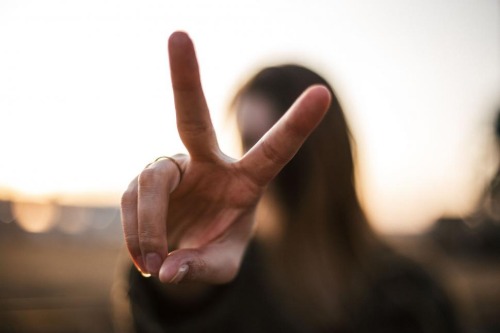
Flashing two fingers in a “V” shape usually means peace or victory in the U.S. It’s a gesture rooted in the counterculture movement of the 1960s. Outsiders might be confused because in some countries, turning the palm inward is considered insulting. In America, though, both directions are often seen as harmless.
Americans will toss up a peace sign in photos, casual hellos, or even when parting ways. It can seem playful or symbolic, depending on the context. Visitors may underestimate how common it is across all ages, not just younger people. It has stuck around as an easy way to project friendliness.
3. The Hand Over Heart
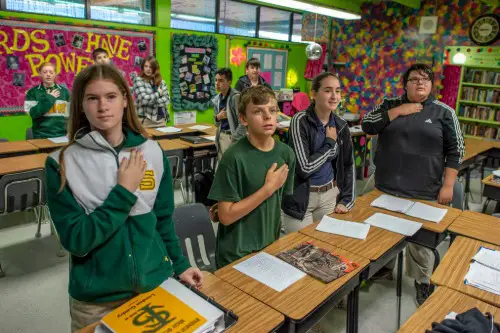
Placing a hand over the heart in the U.S. often signals sincerity or patriotism. The most formal setting is during the national anthem, where it’s expected. Outsiders may see it as overly dramatic, but Americans view it as respectful. It can also pop up in personal conversations as a way to express genuine emotion.
The gesture feels tied to ideas of honesty and authenticity. When someone says, “I swear” and adds the hand over heart, it strengthens the promise. To visitors, this might look theatrical, but it’s meant seriously. It’s less about performance and more about trust.
4. The “Come Here” Finger Curl

Americans often beckon with the index finger curling inward and palm facing up. This motion is straightforward to them but can feel impolite or even offensive elsewhere. In some cultures, this same movement is reserved only for animals. That makes the U.S. version seem casual to the point of rudeness.
Yet in American settings, no one blinks at it. It’s seen as efficient and direct, whether calling a child over or signaling someone from across a room. Outsiders may misinterpret it as demeaning when no offense is intended. Context softens the gesture in everyday U.S. life.
5. The Head Nod

In the U.S., a small upward nod usually signals a casual greeting, especially among peers. On the other hand, a downward nod tends to show respect or acknowledgment in more formal situations. Outsiders often confuse the upward nod as dismissive when it’s really just a laid-back “hey.” It’s subtle, but Americans rely on it constantly.
Because this gesture is so understated, visitors might miss it entirely or interpret it as disinterest. In reality, Americans often use nods instead of words to keep things brief. It’s particularly common in places like city streets or classrooms. For many Americans, the nod is shorthand for “I see you.”
6. The Tipping Hat Gesture
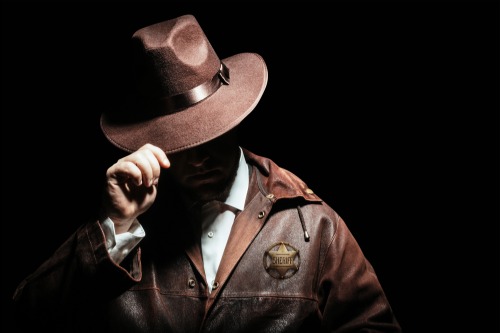
In the U.S., especially in the South and Midwest, a small tip or tug of the hat brim can signal respect or greeting. Even though actual hats are less common today, the motion is still recognized and sometimes mimicked without a hat. Outsiders might not understand the nuance, mistaking it for just an adjustment of clothing. In fact, it’s a subtle cultural holdover with a lot of meaning.
Americans once used it widely as a nonverbal “hello” or polite acknowledgment. Even without hats, you might see someone nod or touch their forehead in a similar spirit. Visitors who aren’t familiar may miss the courteous undertone. To many Americans, it carries a gentle sense of tradition and good manners.
7. The Shaka Sign
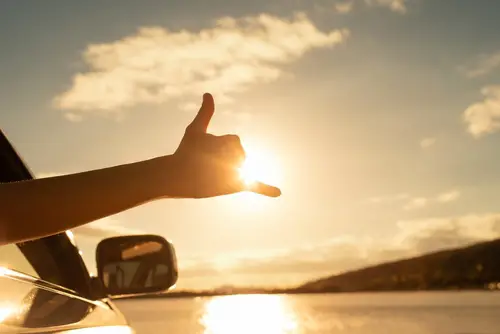
The shaka—thumb and pinky extended, other fingers folded—is popular in Hawaii but has spread across the mainland. It generally means “hang loose” or “all good.” Outsiders sometimes mistake it for a phone mimic or a silly hand wave. In reality, it carries strong cultural roots tied to Hawaiian friendliness.
When Americans use it, it’s often about projecting relaxation or solidarity. It’s not aggressive or mocking, though outsiders might not know what to make of it. Surfers helped spread its use in California and beyond. Now, you’ll see it in everything from beach towns to Instagram posts.
8. The High Five
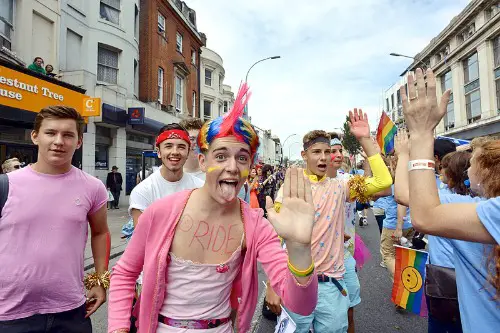
Two people slapping palms together in celebration is instantly recognizable in the U.S. Outsiders may not realize how deeply it’s tied to sports culture. It communicates success, joy, or encouragement with just one smack. The motion can feel overly enthusiastic to people unused to such physical contact.
Americans love the energy behind it, whether at a baseball game or in an office hallway. It’s a way of sharing victory, however small. Outsiders might hesitate or miss the timing, leading to awkward moments. But within the U.S., it’s practically second nature.
9. The Thumbs Up
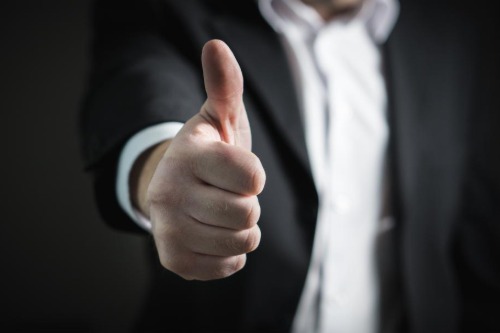
In the U.S., giving a thumbs up means approval, agreement, or “good job.” It’s a positive and widely used signal. The confusion comes from the fact that in some other countries, it’s offensive. Americans don’t usually realize this and use it casually.
It pops up constantly, from roadside hitchhiking to workplace kudos. Visitors may be surprised at how informal yet impactful it is. A thumbs up can end a conversation with reassurance. For Americans, it’s quick affirmation without words.
10. The Finger Guns

Pointing the index finger like a gun and clicking the thumb is common in the U.S. It signals playfulness, recognition, or mock “coolness.” Outsiders might find it alarming given the association with weapons. But Americans often mean it as lighthearted acknowledgment.
The gesture is especially popular in sitcom humor and casual interactions. Someone might pair it with a wink to say “you got it.” Visitors can misinterpret it as threatening, though. It’s usually all about being goofy rather than hostile.
11. The Wave

Americans wave with an open palm side-to-side, and it’s standard for greetings and goodbyes. Outsiders may see it as overly big or dramatic. In other cultures, a smaller motion is more polite. The American wave can feel exaggerated but isn’t meant that way.
Different versions exist—kids might wave frantically, adults more casually. In traffic, a short wave can thank another driver. Visitors sometimes misread it as mocking, but it’s a common sign of courtesy. For Americans, it’s a warm, universal signal.
12. The Crossed Fingers
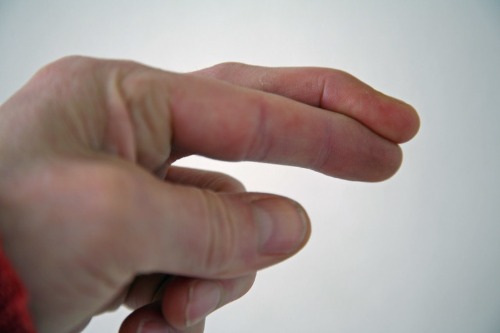
Crossing the middle finger over the index is a sign of wishing for luck in the U.S. Outsiders might see it as random or even superstitious. But to Americans, it’s a hopeful, positive gesture. Kids use it constantly before a test or game.
It can also carry a hidden meaning when held behind the back—signaling that a promise isn’t serious. This dual purpose can really confuse outsiders. On the surface, it looks innocent, but context changes everything. Americans lean on it as a playful symbol of chance.
This post 12 Local Gestures in the U.S. That Outsiders Constantly Misread was first published on American Charm.


